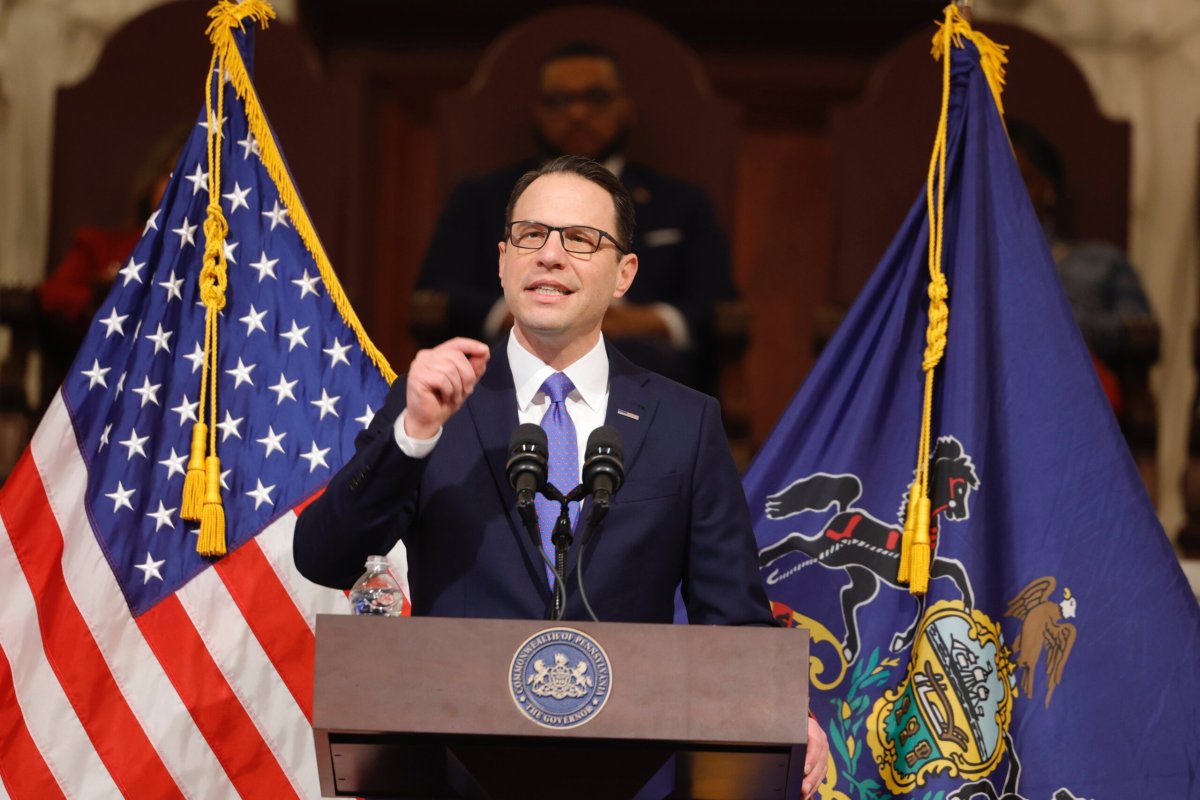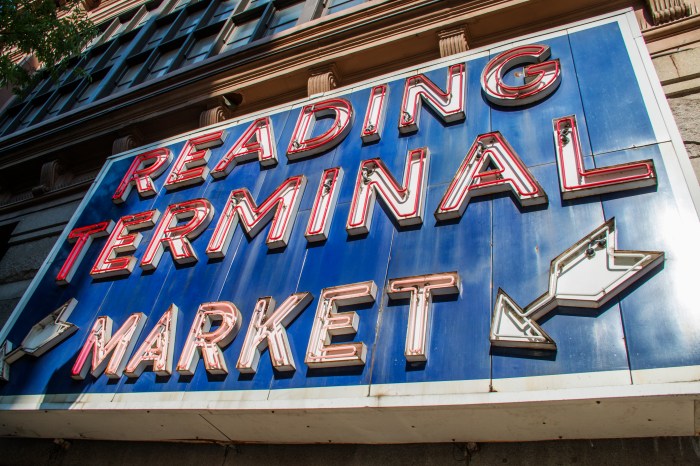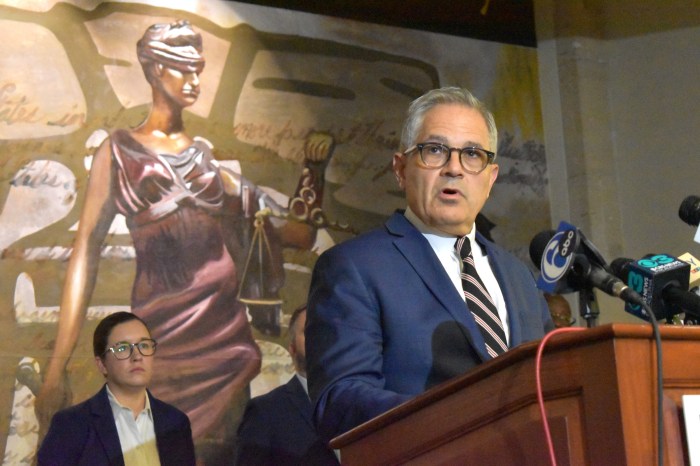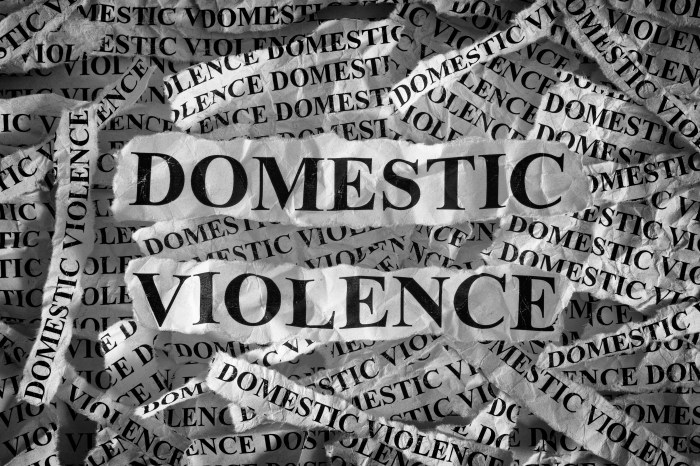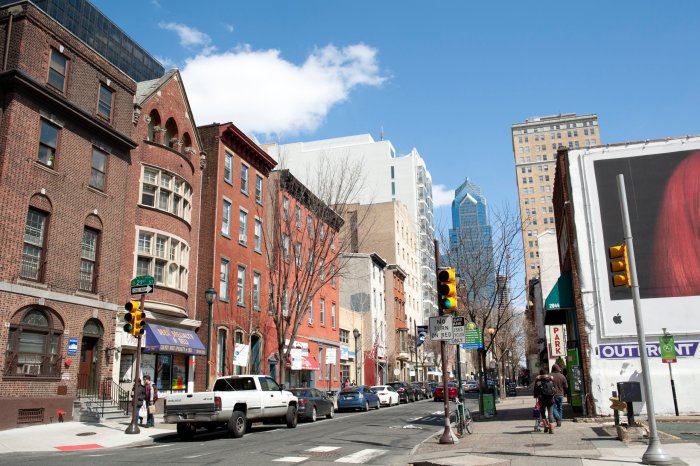By MARC LEVY Associated Press
Gov. Josh Shapiro is taking the first step in what is shaping up to be a complicated, yearslong process to respond to a court decision that found that Pennsylvania’s system of public school funding violates the constitutional rights of students in the poorest districts.
A dominant feature of Shapiro’s budget plan released Tuesday seeks a $1.1 billion boost for public school operations and instruction. The 14% increase reflects recommendations produced last month by Shapiro appointees and Democratic lawmakers to fix the state’s system of school funding.
Those recommendations envisioned a seven-year process of ramping up to a funding increase of more than $6.5 billion a year that was a little slower and lighter on money than what had been sought by the school districts that won the landmark court case a year ago.
Still, Shapiro’s proposal represents a huge new sum for schools, and a significant step in an effort to ensure that every school district in Pennsylvania, no matter how poor, gets the amount of money necessary to adequately educate each student.
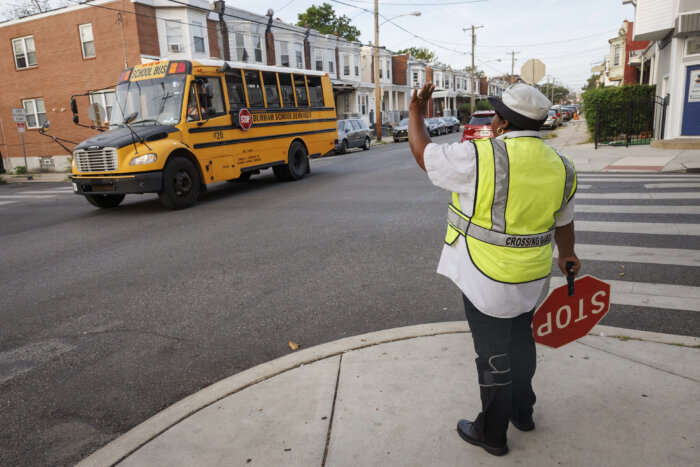
Much of it would be concentrated among the biggest and poorer districts, including many that educate large proportions of minorities.
However, getting even the first installment past the Legislature — to say nothing of six other annual installments through 2030 — is not guaranteed.
Republican lawmakers have signaled that they are unwilling to significantly spend down the state’s considerable reserves or raise taxes to fulfill the long-term funding schedule.
They have also avoided engaging in the question of how much more money for public schools is required to satisfy the court.
Instead, they have suggested using taxpayer dollars to send more students to private schools, talked about what sort of curriculum will improve test scores and questioned how to gauge the effectiveness of any spending increase.
Republicans — who hold a six-seat Senate majority — also maintain that the court didn’t explicitly say that the solution lies in more funding.
“We need to take a look at the educational opportunities we have in this commonwealth and get away from numbers,” Senate Majority Leader Joe Pittman, R-Indiana, said. “We have to get beyond just dollars and cents… and we have to talk about what is the return on the investment to the taxpayer.”
Democrats back Shapiro’s proposal, with Sen. Vincent Hughes, D-Philadelphia, calling public school funding the “civil rights issue of our time.”
But neither Shapiro or Democrats have produced a plan to show how Pennsylvania will find billions more for schools if tax collections don’t pick up or the state’s reserves prove inadequate.
Pennsylvania became what researchers view as one of the most inequitable public-school funding states, in large part, by leaving a disproportionately large share of the bill to local taxpayers. It also has distributed state aid for the past three decades based on outdated or politically expedient formulas.
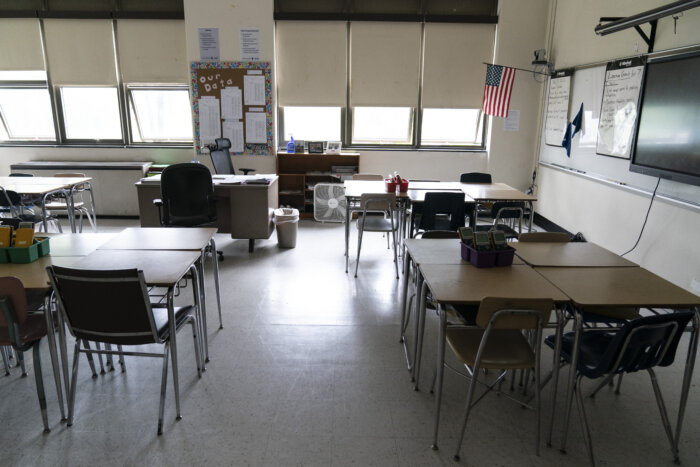
That often shortchanged growing or increasingly poor districts, making them more likely to have larger class sizes, less-qualified faculty and outdated buildings, textbooks, technology and curriculum, school officials say.
Of the nearly $1.1 billion that Shapiro proposed, $200 million is essentially meant to keep districts current with inflationary pressures.
The remaining $871 million is defined as the “adequacy” supplement designed to boost underfunded districts. It would be spread between 416 of the state’s 500 districts.
Philadelphia, the state’s largest district, would get $202 million, or 23%. After that, half of the adequacy money, just over $435 million, would go to 70 districts next in line for the largest proportional shares.
Those districts tend to be poorer, with an average household income of $53,000, versus an average of $63,000 in the rest of the state’s districts.
Those districts also tend to be larger — including Reading, Allentown, Bethlehem and Upper Darby — and tend to educate large proportions of minorities.
For instance, Black or Hispanic students are either a majority or a plurality in the 14 districts that would get the biggest slices of the money.
Public school advocates who supported the lawsuit hope that Republicans will sign on because their districts will benefit.
For instance, roughly half of the districts that get the biggest slices of money — such as Hazleton, Erie, Harrisburg, York, Lebanon, Central Dauphin and East Stroudsburg — are in Senate districts represented by Republicans.
Of the six plaintiff districts that sued the state, four — Lancaster, Greater Johnstown, Panther Valley and Shenandoah Valley — are also in Republican districts.
Deborah Gordon Klehr, executive Director of the Education Law Center, the nonprofit legal foundation that helped argue the winning case in court, said she hopes an unconstitutional school-funding system is enough incentive for lawmakers “to do the right thing.”



